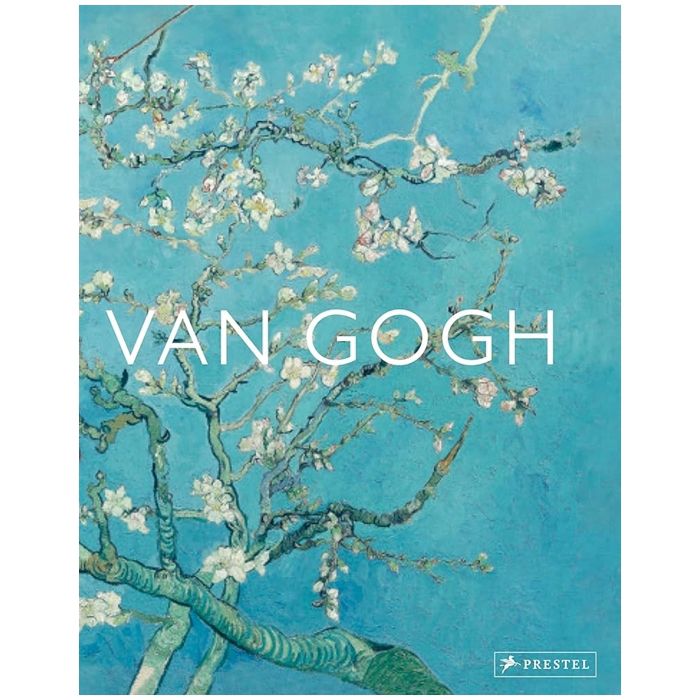ผลงานการรวมเล่มของสี่หนังสือภาพถ่ายสำคัญที่วางรากฐานให้กับเส้นทางศิลปะของ Daido Moriyama ได้แก่ Japan, A Photo Theater, A Hunter, Farewell Photography และ Light and
Shadow ช่างภาพผู้เคยถูกมองว่าเป็นหนึ่งในศิลปินที่ท้าทายและก้าวล้ำที่สุดซึ่งถือกำเนิดหลังสงครามโลก
.
Moriyama ได้รับการยอมรับอย่างกว้างขวางในระดับนานาชาติ ผลงานตีพิมพ์ต่อเนื่อง โดยเฉพาะนิตยสาร Record ที่ยังดำเนินอยู่จนถึงปัจจุบัน เขาได้ถ่ายทอดเอกลักษณ์เฉพาะตัวที่ถือกำเนิดจากตรอกซอกซอยแห่งโตเกียวไปสู่สายตาทั่วโลก
.
มาร์ก โฮลบอร์น นักเขียน ภัณฑารักษ์ และบรรณาธิการชื่อดัง ได้หยิบยกสี่เล่มหลักที่เป็นหัวใจของการเดินทางทางศิลปะของโมริยามะ หนังสือภาพถ่ายเหล่านี้ครอบคลุมช่วงเวลากว่าสิบห้าปี ซึ่งเขาได้ขัดเกลาฝีมือ จนกลายเป็นตัวอย่างอันโดดเด่นของการภาพถ่ายที่พลิกโฉมที่สุดในประวัติศาสตร์ สะท้อนถึงความซับซ้อนของญี่ปุ่นในยุคแห่งการเปลี่ยนผ่าน ตั้งแต่ปี 1968 จนถึงต้นทศวรรษ 1980
.
Pre-Order: ลด 20% เหลือ 2,360 บาท (ปกติ 2,950 บาท)
*วันนี้ - 30 กันยายนี้ เท่านั้น*
**หนังสือจะมาถึงปลายเดือนตุลาคม**
.
An anthology of the four seminal photobooks that form the foundation of Daido Moriyama's photographic career: Japan, A Photo Theater, A Hunter, Farewell Photography and Light and Shadow. Once regarded as the most challenging and radical of the photographers to emerge from Japan in the post-war period, Daido Moriyama is now accepted as an international figure. His stream of publications, most notably his ongoing magazine Record, have enabled his original vision, born out of the backstreets of Tokyo, to be cast worldwide.
In this anthology, renowned author, curator and editor Mark Holborn presents the four books that underpin Moriyama's artistic journey, with the photobook at the very core of his creative practice. The featured photobooks – Japan, A Photo Theater, A Hunter, Farewell Photography and Light and Shadow – span the fifteen years during which Moriyama honed his techniques and unveiled his distinctive vision and stand as exemplars of some of the most daring photographic publishing ventures in the history of the medium. Rooted in the complexities of Japan during a transformative era from 1968 to the early 1980s, they offer profound insights into the country’s evolving landscape.
Harmonizing seamlessly with Moriyama's own aesthetic sensibilities, the book’s design includes excerpts from Moriyama's diaries, journals and memoranda, providing intimate glimpses into his creative process. As with all Moriyama publications, this photobook is eagerly anticipated by a devoted following, reflecting the enduring importance of his work.










